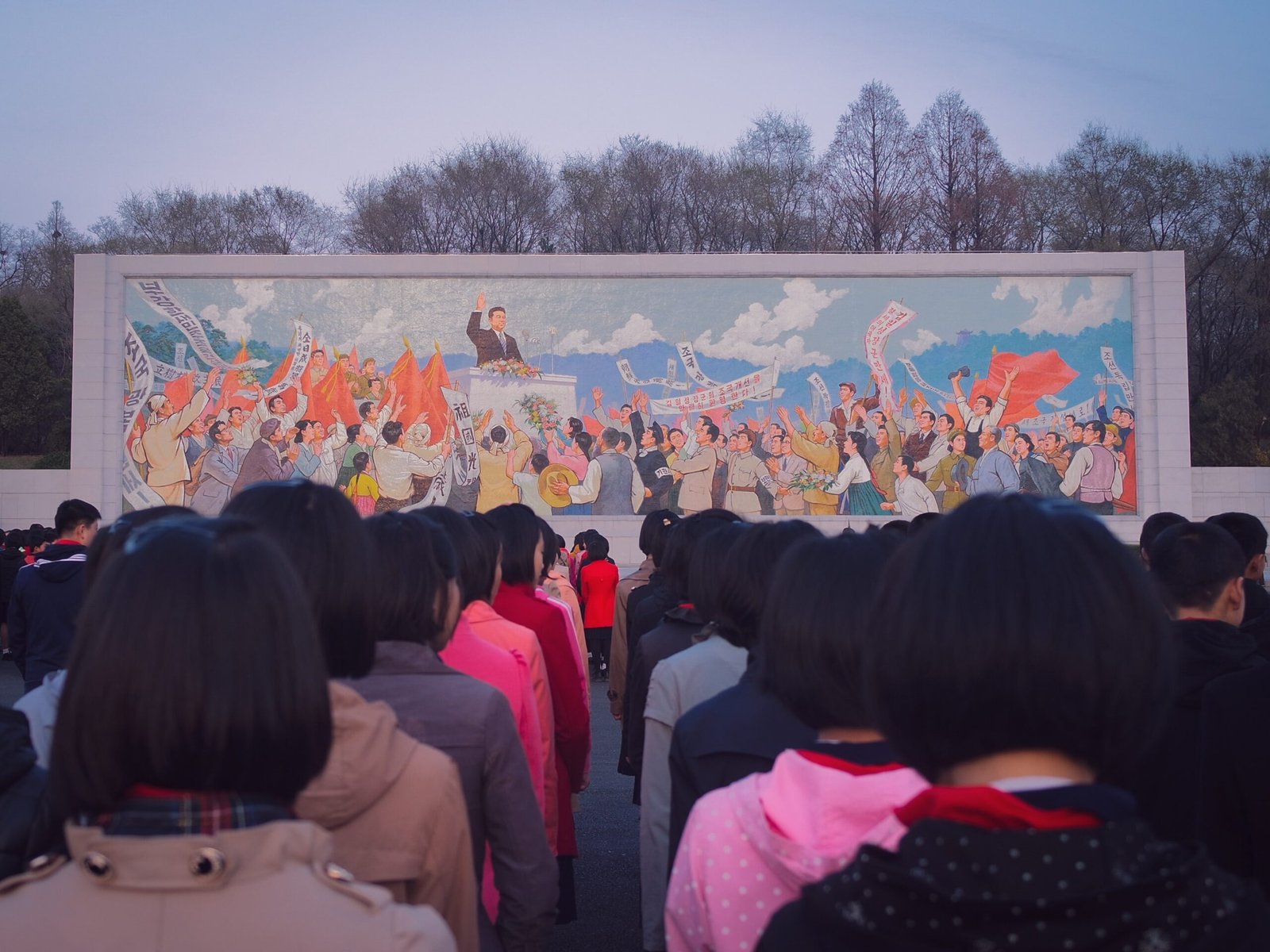On December 28, 1972, a significant event took place in North Korea’s history as Kim Il-sung was declared the first President of the country. This momentous occasion solidified his control over the nation, further establishing his leadership and authority. Prior to this, Kim Il-sung held the titles of Premier and General Secretary, but his presidency marked the beginning of a dynastic rule that would continue with his son and grandson.
Kim Il-sung’s rise to power can be traced back to his involvement in the Korean independence movement against Japanese colonial rule. He played a crucial role in organizing guerrilla warfare and gained popularity among the Korean people. After World War II, Korea was divided into two separate entities, with the Soviet Union occupying the northern part and the United States occupying the southern part. Kim Il-sung emerged as a prominent figure in the North, leading the communist regime and eventually establishing the Democratic People’s Republic of Korea.
Under Kim Il-sung’s leadership, North Korea adopted the Juche ideology as its guiding principle. Juche, which translates to “self-reliance,” emphasized the independence and self-sufficiency of the nation. This ideology became the cornerstone of North Korea’s political and economic system, shaping its policies and actions. The Juche ideology aimed to create a self-reliant socialist state, free from external influences, and focused on the well-being of the Korean people.
One of the defining features of Kim Il-sung’s presidency was the strict state-controlled economy implemented in North Korea. The country adopted a centralized economic model, where the government had complete control over all aspects of production, distribution, and consumption. This system aimed to prioritize the needs of the state and ensure the equitable distribution of resources. However, it also resulted in a lack of economic flexibility and limited opportunities for innovation and growth.
Another notable aspect of Kim Il-sung’s leadership was the intense cult of personality that surrounded him. He was revered as the “Great Leader” and his image was omnipresent throughout the country. Portraits and statues of Kim Il-sung could be found in every corner of North Korea, and his words and teachings were considered sacred. The cult of personality served to consolidate his power and create a sense of loyalty and devotion among the population.
Despite the strict control and isolationist policies, North Korea faced numerous challenges during Kim Il-sung’s presidency. The country struggled with economic hardships, including food shortages and a lack of basic necessities. Additionally, tensions with South Korea and the international community remained high, leading to a continued state of conflict and division on the Korean Peninsula.
It is important to note that the historical perspective on Kim Il-sung’s presidency is varied. While some view him as a revered leader who fought for Korean independence and defended the nation’s sovereignty, others criticize his autocratic rule and the human rights abuses that occurred under his regime. The impact of his leadership continues to shape North Korea’s political landscape to this day.
In conclusion, the declaration of Kim Il-sung as the first President of North Korea on December 28, 1972, marked a significant moment in the country’s history. His presidency solidified his control over the nation and laid the foundation for a dynastic rule that would continue for generations. Kim Il-sung’s leadership was characterized by the adoption of the Juche ideology, a strict state-controlled economy, and an intense cult of personality. However, his presidency also faced challenges and criticism, highlighting the complex nature of his legacy.
SEO Excerpt:
Learn about the historical significance of Kim Il-sung becoming the first President of North Korea in 1972. Discover how his leadership shaped the nation’s political and economic landscape, and explore the controversies surrounding his rule.

